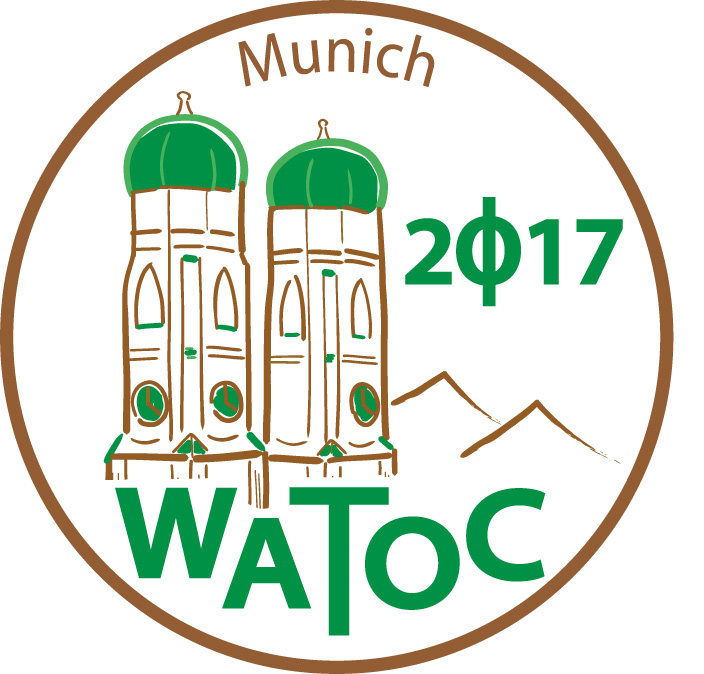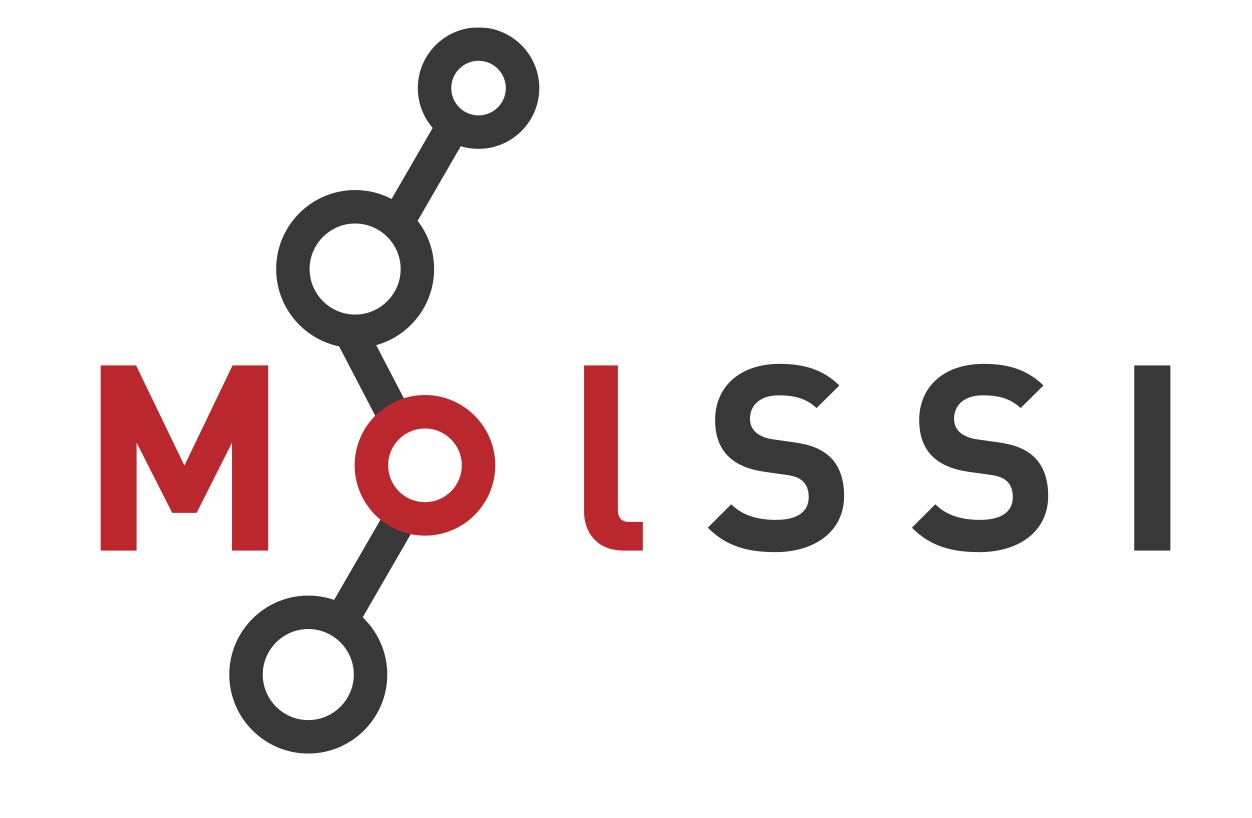Improving the Accuracy of Continuum Solvent Models Using the Solvation-Layer Interface Condition (SLIC)
Jay Bardhan (GSK)
Amirhossein Molavi Tabrizi (Northeastern University)
Ali Mehdizadeh Rahimi (Northeastern University)
Spencer Goossens (Northeastern University)
Matthew Knepley (Rice University)
The classical continuum solvent model rests largely on simple macroscopic
dielectric theory, and has proven surprisingly successful in explaining solvent
influence on molecular properties. Unfortunately, the significant errors that
arise from the model’s oversimplifications have hindered capabilities in
numerous applications, and the model has proven difficult to improve without
adding substantial complexity. Observing that the main inaccuracies arise from
non-continuum effects in the solvation layer (the first shell of solvent around
the solute), we have proposed to correct the standard dielectric-flux interface
condition with a simple nonlinear perturbation to improve treatment of
solvation-layer polarization. In this talk I will illustrate the
solvation-layer interface condition (SLIC) model’s significant improvements
over standard dielectric theory despite the fact that our model has many fewer
fitting parameters (it does not use individually parameterized atom radii). The
model is accurate for (1) solvation free energies of neutral and charged
polyatomic solutes in a wide range of solvents and mixtures; (2) solvation
entropies in multiple solvents, and (3) explicit-solvent calculations of
individual atomic charging free energies in complex solutes, and of changes in
solvation energy on protonation. I will conclude by summarizing directions of
current and future work, including implementation in PCM solvers, scientific
applications, and further model extensions.

